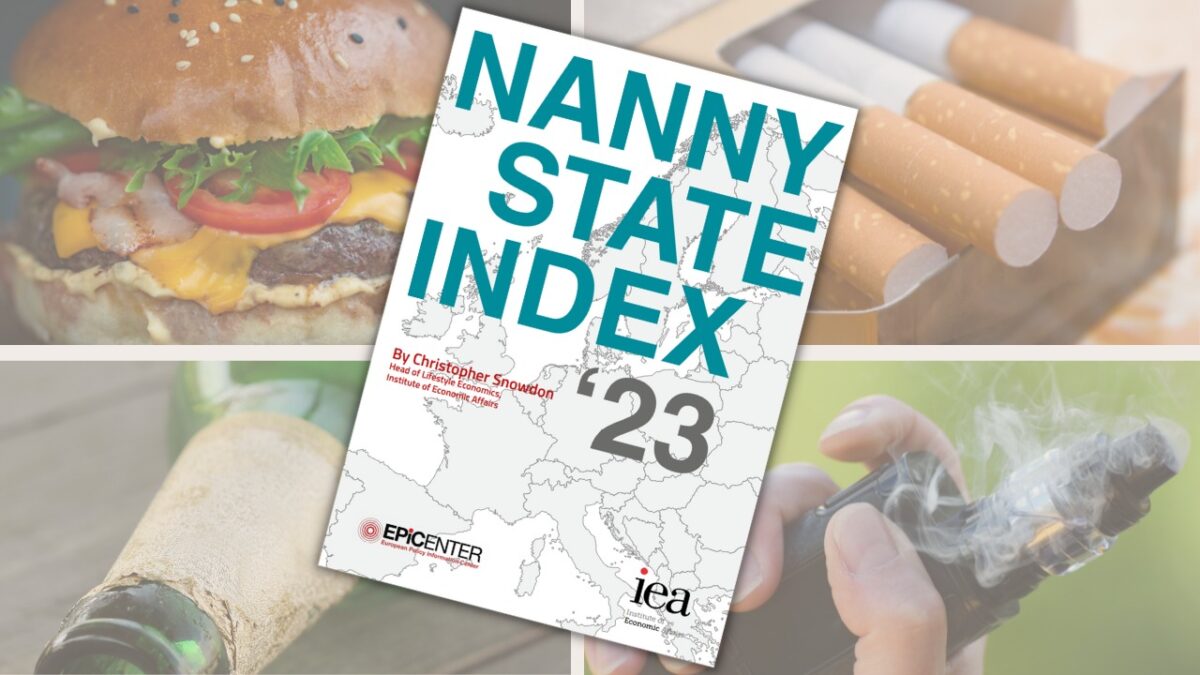Did lockdowns work? The verdict on Covid restrictions
SUGGESTED



The purpose of this systematic review and meta-analysis is to determine the effect of lockdowns, also referred to as ‘Covid restrictions’, ‘social distancing measures’ etc., on COVID-19 mortality based on available empirical evidence. We define lockdowns as the imposition of at least one compulsory, non-pharmaceutical intervention (NPI). We employ a systematic search and screening procedure in which 19,646 studies are identified that could potentially address the purpose of our study. After three levels of screening, 32 studies qualified. Of those, estimates from 22 studies could be converted to standardised measures for inclusion in the metaanalysis.
They are separated into three groups: lockdown stringency index studies, shelter-in-place-order (SIPO) studies, and specific NPI studies. Stringency index studies find that the average lockdown in Europe and the United States in the spring of 2020 only reduced COVID-19 mortality by 3.2 per cent. This translates into approximately 6,000 avoided deaths in Europe and 4,000 in the United States. SIPOs were also relatively ineffective in the spring of 2020, only reducing COVID-19 mortality by 2.0 per cent. This translates into approximately 4,000 avoided deaths in Europe and 3,000 in the United States. Based on specific NPIs, we estimate that the average lockdown in Europe and the United States in the spring of 2020 reduced COVID-19 mortality by 10.7 per cent. This translates into approximately 23,000 avoided deaths in Europe and 16,000 in the United States. In comparison, there are approximately 72,000 flu deaths in Europe and 38,000 flu deaths in the United States each year. When checked for potential biases, our results are robust. Our results are also supported by the natural experiments we have been able to identify. The results of our meta-analysis support the conclusion that lockdowns in the spring of 2020 had a negligible effect on COVID-19 mortality. This result is consistent with the view that voluntary changes in behaviour, such as social distancing, did play an important role in mitigating the pandemic.
Summary
- The Herby-Jonung-Hanke meta-analysis found that lockdowns, as reported in studies based on stringency indices in the spring of 2020, reduced mortality by 3.2 per cent when compared to less strict lockdown policies adopted by the likes of Sweden
- This means lockdowns prevented 1,700 deaths in England and Wales, 6,000 deaths across Europe, and 4,000 deaths in the United States.
- Lockdowns prevented relatively few deaths compared to a typical flu season – in England and Wales, 18,500–24,800 flu deaths occur, in Europe 72,000 flu deaths occur, and in the United States 38,000 flu deaths occur in a typical flu season
- These results pale in comparison to the Imperial College of London’s modelling exercises (March 2020), which predicted that lockdowns would save over 400,000 lives in the United Kingdom and over 2 million lives in the United States
- Herby, Jonung, and Hanke conclude that voluntary changes in behaviour, such as social distancing, played a significant role in mitigating the pandemic – but harsher restrictions, like stay-at-home rules and school closures, generated very high costs but produced only negligible health benefits
- COVID-19 lockdowns were “a global policy failure of gigantic proportions,” according to this peer-reviewed new academic study. The draconian policy failed to significantly reduce deaths while imposing substantial social, cultural, and economic costs.
- The comprehensive 220-page book, began with a systematic review of 19,646 potentially relevant studies. For their meta-analysis, the authors’ screening resulted in the choice of 22 studies that are based on actual, measured mortality data, not on results derived from modelling exercises. A meta-analysis is considered the ‘gold-standard’ for evidence, as it combines comparable, independent studies to determine overall trends.
- The authors, including Professor Steve H. Hanke of the Johns Hopkins University, also consider a range of studies that determined the impact of individual lockdown restrictions, including stay at-home rules to school closures and travel restrictions.
- In each case, the restrictions did little to reduce COVID-19 mortality:
- Shelter-in-place (stay at home) orders in Europe and the United States reduced COVID mortality by between 1.4 and 4.1 per cent;
- Business closures reduced mortality by 7.5 per cent;
- Gathering limits likely increased COVID mortality by almost six per cent;
- Mask mandates, which most countries avoided in Spring 2020, reduced mortality by 18.7 per cent, particularly mandates in workplaces; and
- School closures resulted in a between 2.5 per cent and 6.2 per cent mortality reduction.
- A second approach employed by the authors to estimate the effects of lockdowns on mortality combined studies that looked at specific lockdown measures (such as school closures, mask wearing, etc.) on how single non-pharmaceutical interventions were actually used in Europe and the United States. Using this approach, the authors estimate that lockdowns reduced mortality by 10.7 per cent in the spring of 2020 – significantly less than estimates produced by epidemiological modelling.
- The study compares the effect of lockdown measures against the effect of ‘doing the least,’ rather than doing nothing at all. Sweden’s response to COVID was among the least stringent in Europe, but still imposed some legal restrictions and included an extensive public information campaign.
You can read the press release for the book here.
Fullscreen Mode



